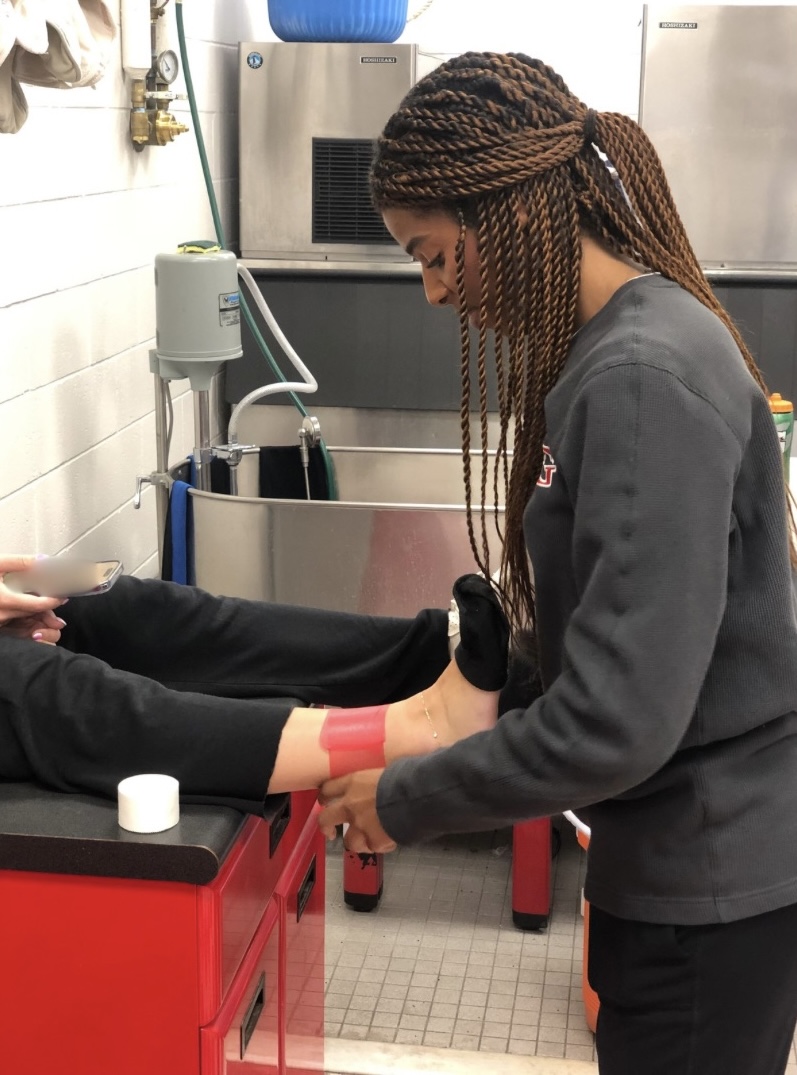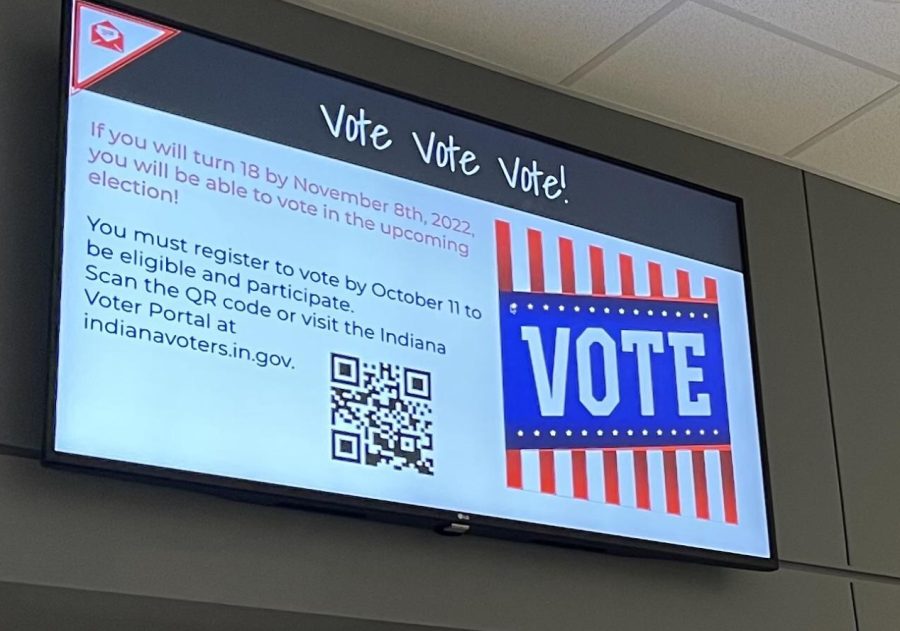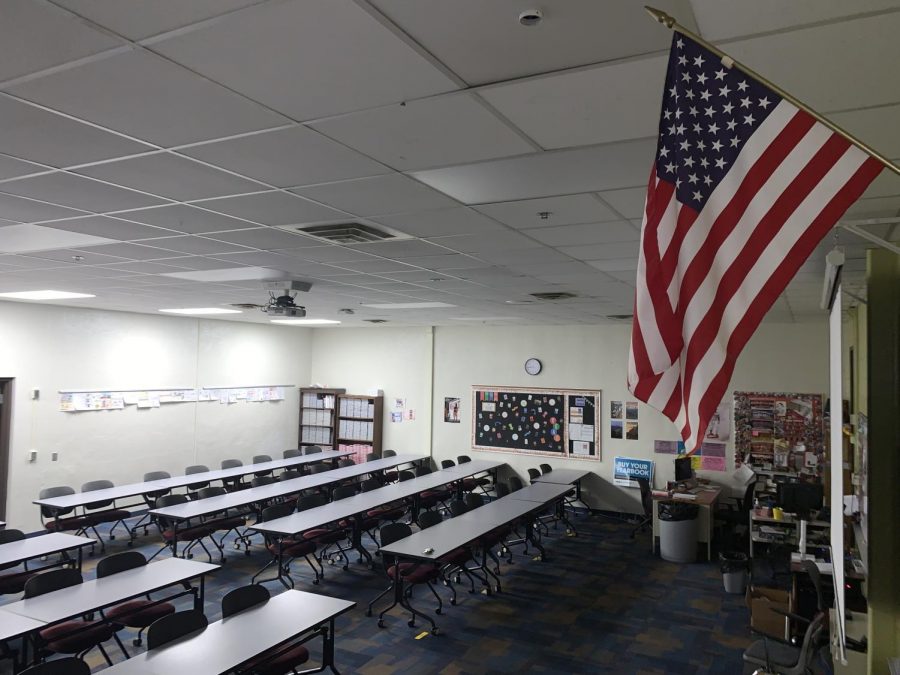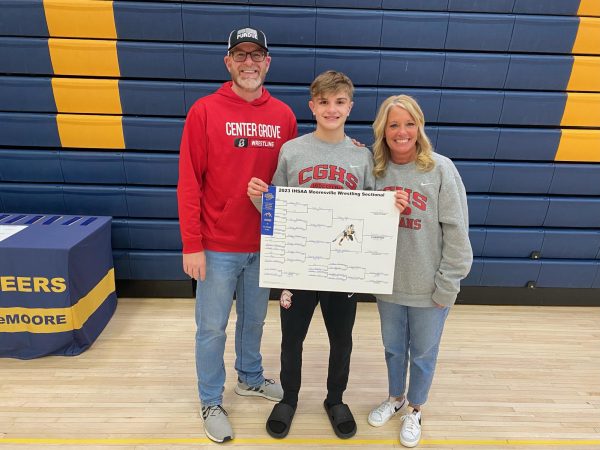A young teen enters a restaurant with a cheerful smile, the camaraderie of their friends and an appetite for good food with good people. Perhaps, it is the weekend – a challenging five days of school left gleefully in the rear-view mirror. Their dinner goes as one would expect: an order of wings, a side of fries and a piece of cookie cake with a fluffy scoop of vanilla ice cream melting on its freshly-baked surface. Hugs are exchanged, jokes traded like baseball cards between long-time pals, and the teen goes home with a belly of physical and social fulfillment.
Suddenly, the night changes – for the worse. They feel woozy, demonstrably tired for no apparent reason. It’s not food poisoning; they feel no signatures of sickness or depravity. No. It is just incredible drowsiness. Then, they crash out of nowhere. When they wake up in the morning, they reflect on their symptoms. The night takes on a new face. They remember the smirk of the man at the restaurant, the creeping body language and the overbearing – almost flirtatious – nature of their patrol over to the teen and their friends’ booth. Suspicions arise in the teen. They believe they were roofied.
It’s a malicious tale, but one that finds its roots in a dark underbelly of the community – an issue overlooked by the masses but with devastating ramifications for affected individuals. Human trafficking has, and continues, to affect millions globally, and in a recent collaboration with Center Grove High School, the Johnson County Human Trafficking Task Force sought to shed light on its effects on the county.
“Johnson County has a human trafficking task force,” school social worker Ashley Jones said. “There are several counties that have this throughout the state, but Johnson County is one that is completely volunteer, and there are representatives from lots of different agencies in our area.”
The task force performs a multifunctional purpose, collaborating with local law enforcement, the department of child services and individuals affected by the problem within the community.
“They are working to raise awareness of human trafficking,” Jones said. “They are working with all of those individuals to also get involved, that is, utilizing resources to then participate in different stings and operations to seek justice for victims.”
As defined by the Federal Bureau of Investigation, human trafficking is any illegal exploitation of a person. Malignant operations have been and continue to be run across the nation, entrapping victims into acts of involuntary service, payless factory work and even prostitution through the false guise of manipulation, lies about romantic involvement or well-paying opportunities and threats of violence against victims if they fail to comply.
Victims can range from all demographics, but those most-pressingly vulnerable, according to the United States’s State Department, are children in the welfare and juvenile detention systems, children who have run from their homes and undocumented children without accompanying adult supervision. Globally, the United Nations Office on Drug and Crime, in a report from 2021, identified that a majority of victims happened to be women and young girls. At their event, the Johnson County Human Trafficking Task Force shared local statistics, which reflected the findings of the national and global levels, as well as clarified a variety of tropes that individuals fall into when discussing the serious matter.
The event was split into two distinct sections: a resource fair for the first hour and the actual program – Human Trafficking 101 – where organizers shared pertinent information to attendees about statistics, symptoms and ways to intervene in order to alleviate the issue.
The event also served to squash a lot of the preconceived notions surrounding the issue, including what constitutes human trafficking in the eyes of the masses in comparison to what it actually looks like on a case-by-case basis.
“One thing that one of the representatives shared with us is that many people are under the belief that human trafficking is just someone trying to kidnap your child at a local Walmart or Target because those are some of the stories that circulate on social media,” Jones said. “When, in actuality, there is a lot more to it. There is grooming. Predators are well thought-out in how they are doing this and in making sure they are not tracked.”
At the event, Megan Cunningham echoed this message, noting that such commonly associated terms like sex trafficking are only parts of the greater umbrella of crimes that fall under human trafficking, which extends to such things as coerced or manipulated labor.
“Traffickers love to go after the vulnerable,” Cunningham said. “Their main targets are people who may be lonely or need some kind of support. When people think about human trafficking, they think of sex trafficking, but it’s important to know that sex trafficking is just one of the [forms of trafficking] that takes place here in Indiana.”
Another revelation was the subject of who is doing the trafficking. In many cases, victims are wrapped up in heinous operations by their own family members and acquaintances just as they are by the typical stranger.
“Most human trafficking crimes are thought to be committed by complete strangers, but in reality, a majority of people committing these crimes are friends and family,” Tracy McQueen said.
Perpetrators thrive on their victims’ vulnerability, goading them in with false senses of security before pulling the rug out from under them. While the Human Trafficking 101 Event certainly provided a swath of valuable information to attendees and the community at-large, trafficking remains a hidden-from-view issue that will continue to — knowingly and unknowingly — etch at the safety of Johnson County and the greater United States. How does the community come together to face such a complex and often-misunderstood ring of crime? How does the community fix institutional issues that often ensnare disadvantaged children in the foster care system and juvenile detention programs into these operations? How does the community find justice for victims? These are questions that it will have to answer through action. Perhaps, the solution starts very plainly — as most do: bringing awareness to the problem.
“It’s quite disturbing, but it needs to be talked about, and awareness should be spread,” Cindy McAtee said.
















